Review: Alcatel Onetouch Conquest for Boost Mobile
Oct 12, 2015, 4:30 PM by Eric M. Zeman
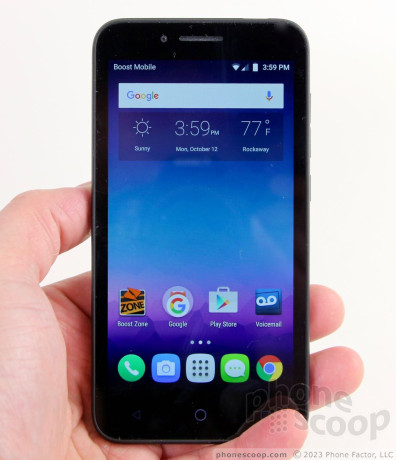
Alcatel's Conquest is an inexpensive Android smartphone that handles basic tasks in a waterproof package. This mid-sized handset boasts a solid set of specs, but it doesn't necessarily perform as well as it should. Find out what works and what doesn't in Phone Scoop's full review.
Hardware
Is It Your Type?
The Alcatel OneTouch Conquest falls into the middle of Boost Mobile's lineup. It's a low-cost, water-resistant Android phone that includes the essentials but not much more. If you're looking for a basic smartphone, the Conquest may be the ticket for you.
Body
The Conquest is a rather plain handset. It's a black-and-gray slab that follows a conservative approach to design. It could be mistaken for most any Android handset were it not for the patterned rear shell, which is the only unique thing about the Conquest.
The entire front face is solid black. The glass front half of the phone is joined by a soft-touch plastic rear that is colored gray along the edges. It has a dot pattern on the back that gives it just a wee touch of personality. (The Alcatel Go Play is essentially the same phone, but more colorful and for other networks.) The pattern gives the phone some texture that feels good under the thumb.
The phone has a 5-inch screen, which means the footprint of the device is average for a modern handset. It has rounded corners, but is rather blocky overall. The 9.1mm girth feels thicker than it would on a phone with more curves. Even so, I found the Conquest to be light and comfortable to hold and use. It's not the smallest phone ever, but it's no phablet. It fits into pocket well enough, though the somewhat grippy plastic of the rear shell sometimes caught on my jeans pockets.
The materials are of decent quality. The display panel is glass, of course, and is fitted into a plastic frame. The frame forms a protective rim and you can definitely feel it against your fingers. The frame is otherwise smooth and joins the soft-touch plastic seamlessly along the side edges. The phone is put together solidly and doesn't feel cheap at all.
I like that the display vanishes into the black frame when off. The few design elements on the front are barely visible. There's a slit in the glass for the earpiece speaker and the user-facing camera is positioned next to it. The home button is visible as small circle below the screen. You can see it whether or not the screen is lit up, thanks to a reflective paint job. It's a capacitive button and is flanked by back and app-switcher keys, both of which vanish when not illuminated. All three work without issue. I wish the bezels surrounding the display were thinner.
Alcatel positioned a huge hatch on the left side of the phone. It covers the memory card and SIM card slots. Most people shouldn't have much need to open it, and a large notch makes it easy to pop open. The volume toggle and screen lock button are on the right edge. I found them easily thanks to their good profiles. The buttons have a glossy texture to them, where the rest of the side surface is textured. The travel/feedback was decent, but a bit plasticky.
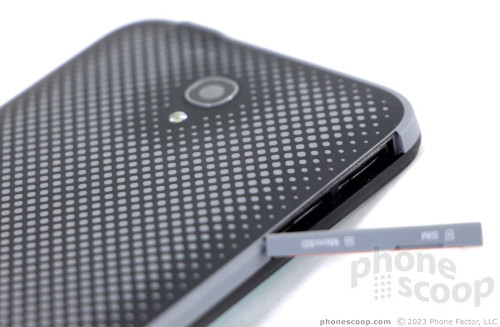
The headphone jack on top and the USB port on bottom are both covered by rubbery hatches. I don't care for hatches covering these connectors on any phone, and these are particularly annoying. The notches for your fingernail on both are invisible and slight. This makes these oft-used hatches frustrating to find and use.
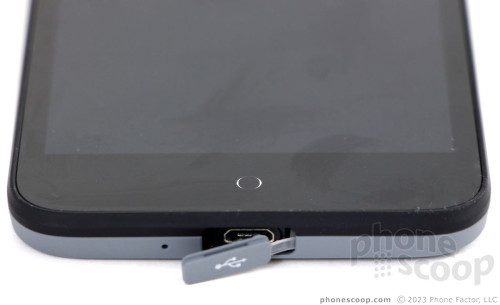
Like many water-resistant phones, the rear shell is not removable, so neither is the battery. The good news is the Conquest is resistant to water and dust. You can use the phone in the shower or give it a good splashing with no real worries. It can handle a short dunk in the sink or bathtub, and even the pool thanks to its "snorkeling" IPX7 rating.
The Alcatel Conquest is a solid bit of hardware that meets its price point in terms of design, quality, and features.
Screen
The Conquest's 5.0-inch screen is well matched with the resolution of 1280 by 720 pixels. It's definitely sharp enough, all things considered, and I was pleased with the clarity of text and icons. Brightness is solid, though I had to crank it up all the way to really see it outdoors. Viewing angles are decent; there's some brightness drop when the phone is tilted side-to-side, but colors remain accurate. It's a fine screen for this class of device.
Signal
Boost Mobile operates on the Sprint network. The Conquest was able to access the network wherever I took it, and it had no trouble latching onto LTE 4G. In and around New York City the Conquest showed several bars of LTE and it never once dropped down to 3G (CDMA/EVDO). It connected calls on the first dial and didn't miss or drop calls, even when in moving cars. Data speeds were respectable, but not the best I've seen. The Conquest performed on par with other handsets I've tested on Sprint's network in the past six or eight months.
Sound
I was perfectly pleased with the Conquest for phone calls. The earpiece delivered enough volume for calls to be heard in very noisy restaurants and coffee shops, not to mention in the car and at home. You'll have no issues there. Clarity is above average for a Sprint phone. Voices were intelligible and warm, with no distortion or interference.
The speakerphone offers a similar experience. Calls are, for the most part, loud and clear. If you push it all the way you may get some distortion, but otherwise it's quite good.
(All calls conducted via standard cellular networks; HD Voice was not tested, although the Conquest should support it.)
Ringers and alerts were loud enough to hear at home and in the car, but I missed a few calls when out-and-about because the speaker couldn't push sound through my pocket well enough. The vibrate alert is quite good.
Battery
Here's where the shoe drops. The Conquest has a 2,600 mAh battery. Considering the rest of this handset's specs, the battery should be more than enough to push it through an entire day. That's not the case. I found the phone choking out at the 12- to 13-hour mark. That's not good enough. Modern smartphones absolutely need to push through an entire waking day, and the Conquest often left me scrambling for power hours before bedtime.
The Conquest includes the Google's standard Android Lollipop battery saver tool. It scales back screen brightness, background processes, and notifications. It can definitely help push the handset from 8pm to 10pm, when you're running low, but it's not aggressive enough to really give you a lot more power. Unfortunately, you may need to use this feature more often than on other phones.
Bluetooth, GPS, NFC, WiFi
The Conquest includes Bluetooth 4.1 with most of the standard profiles. It supports mono and stereo headsets. I found it to be highly capable for voice calls. It worked well through my car's hands-free system, too. The quality of calls via headphones or my car was quite good. Music sounded OK via a good Bluetooth speaker, but since the Conquest lacks the aptX profile, it wasn't quite top quality.
The GPS radio functioned properly, but was noticeably slower to pinpoint me than other phones I've tested on Sprint's network lately. Accuracy was as good as about 25 feet.
The Conquest doesn't have NFC, so don't expect to use this handset for mobile payments or tap-to-pair, etc.
I had no trouble connecting the Conquest to my home WiFi network.
Software
Lock Screen
Alcatel's lock screen treatment doesn't stray far from the Android norm. Some phone makers let you wake the lock screen by tapping on the display or waving your hand over the glass. There are no such fancy tricks here. The only way to turn the screen on is to press the lock screen button.
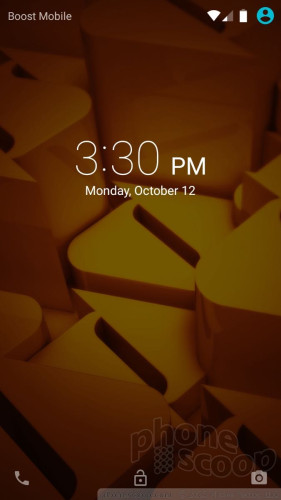
When you do, you can see the clock in the upper one-third of the display, followed by alerts below it. There are also a few shortcuts, such as to the phone and camera, positioned at the bottom of the screen. The notification shade is accessible from the lock screen whether or not you've chosen to secure the phone with a password, pattern, or PIN.
Alcatel's lock screen tools are basic for an Android handset.
Home Screens
The Conquest runs Android 5.0 Lollipop with Alcatel's light-weight skin on top. The home screen, app drawer, and settings tools all behave just the same as on other handsets released by Alcatel this year, such as the Idol 3. Alcatel may use its own app icons, but pretty much everything else is standard Google Android. The settings screen and main app drawer, for example, are pure Android.
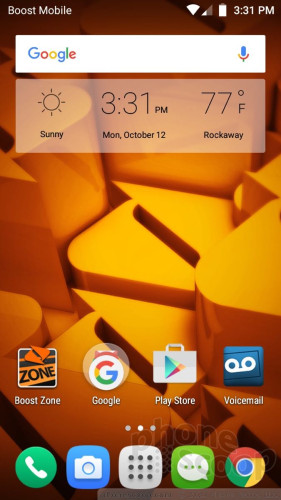
Alcatel doesn't offer any unique or interesting apps/tools to really set its home screen experience apart from that of its competitors, but that's pretty much the point.
As far as performance is concerned, um... yikes. The phone has a 1.2 GHz quad-core Snapdragon 410 processor. It also has 1 GB of RAM. I've tested countless phones with this processor/memory combination, but the Conquest is the slowest, laggiest, most frustrating of the bunch. Apps are slow to open, screens are slow to transition, and the entire experience feels like it is trodding through molasses at times. The slow performance really hinders the ability to enjoy this phone. It was also subject to random reboots. Annoying.
Camera
There is no camera button, which means you have to use the software tools to open the camera. It takes a second or so to launch.
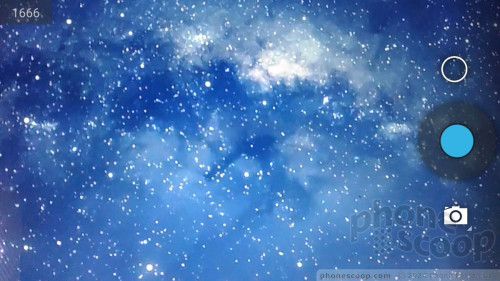
I'm not quite sure what Alcatel is thinking with the camera software. For reasons unknown, the Conquest uses the stock Android 4.4 KitKat camera application. Yep, you read that correctly. It doesn't use the Android 5.0 camera app, nor a custom camera app from Alcatel, it uses software that's nearly two years old. It's an app so poor that almost every other manufacturer replaced it in their Android phones, even if they left the rest of the software alone.
The viewfinder is almost entirely devoid of controls. The shutter button (on the right) is large, and it's easy to switch to one of the base shooting modes (normal, panorama, barcode, or video) thanks to a selector below the shutter button.
A circle on the right side of the screen — confusing at first — will open the settings menu. From there, you can dig in a bit and control exposure, image size, white balance, the flash, and so on. These menus are pretty, but futzy and relatively difficult to manipulate thanks to their odd semi-circular nature. You can also access these by swiping up from the bottom of the screen. They take too many steps to access and just aren't intuitive.
The one saving grace is that the camera is quick enough to focus and capture images. I wasn't disappointed there. It may have opened a bit slowly, but the camera responded when you pressed the shutter button.
The Conquest has a curious range of video-recording features. It can capture in resolutions from QCIF (really crappy) to Ultra HD (4K). By default, video length is limited to 10 minutes. If you want to record something longer than 10 minutes, you'll need to adjust that setting to 30 minutes (the maximum.) It's not clear why it's limited by anything other than the battery and storage, nor why the default is a seemingly-arbitrary cap at 10 minutes.
Photos/Video
The Conquest has a 5-megapixel main camera and a 2-megapixel selfie camera. Neither produces anything to write home about.
The main camera captures average photos at best. The Conquest managed to set exposure and white balance accurately about half of the time. More often, it had trouble with focus. Indoor shots, in particular, were incredibly soft and disappointing in terms of grain.
The selfie camera doesn't impress at all. I can't say I was expecting much from a 2-megapixel shooter, but the lack of focus and odd exposures were still disappointing. If you accidentally snag a lamp or candle in the background, for example, it will totally blow out the image and make a mess of things.
The camera is passable at best. It's inconsistent and weird enough that I wouldn't rely on it for everyday needs. I'd be sure I had access to a better camera any time I cared about the quality of the photos I might take that day.
The Conquest does a better job of capturing video than it does pictures, but that's not saying much. I wouldn't trust the Conquest for anything more than really random I-don't-have-anything-better-to-use images/video.
Boost Stuff
The Conquest has just 8 GB of internal storage, and only 3.93 GB of that is available to users. In other words, a memory card is more or less essential if you plan to shoot a lot of pictures or listen to a lot of music. Large games could also be an issue.
Most carriers like to cram their handsets full of bloatware. Boost added plenty of its own apps and services to the Conquest, including 1Weather, AirG, Amazon, Boost 411, Boost Music, Boost TV, Boost Wallet, Boost Zone, Gadget Guardian, Messaging+, NextRadio, and Uber. Of these, perhaps Boost Zone is the most useful, as it allows people to manage their accounts. The Messaging+ app is a more robust way to manage SMS convos. You can uninstall only a few of the apps listed here. Even if you do, you won't recover that much storage space.
Wrap-Up
The Alcatel Onetouch Conquest checks off most of the basic features required of modern smartphones. It has a decent screen, good call quality, and reasonable data speeds. The hardware is made well enough, even if the design doesn't excite. Perhaps the strongest feature is its resistance to water.
I was disappointed by some core functions, however, including the battery, interface speed, and the camera. Battery life is just barely adequate and often isn't; it's generally sluggish for reasons unknown; and the camera rates lower than average in terms of user experience and image quality.
The Conquest costs only $130, but there are better handsets in Boost's lineup. For example, last year's Motorola Moto G and Moto E cost less and outperform the Conquest by a mile. If you can spend $199 (which, I realize, is a sizable price increase), the Apple iPhone 5c is crushingly better than the Conquest. Bottom line: shop around; don't settle.
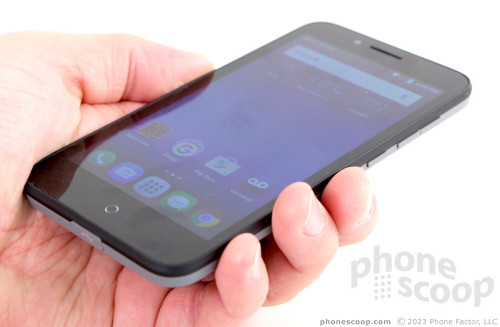
Comments
No messages














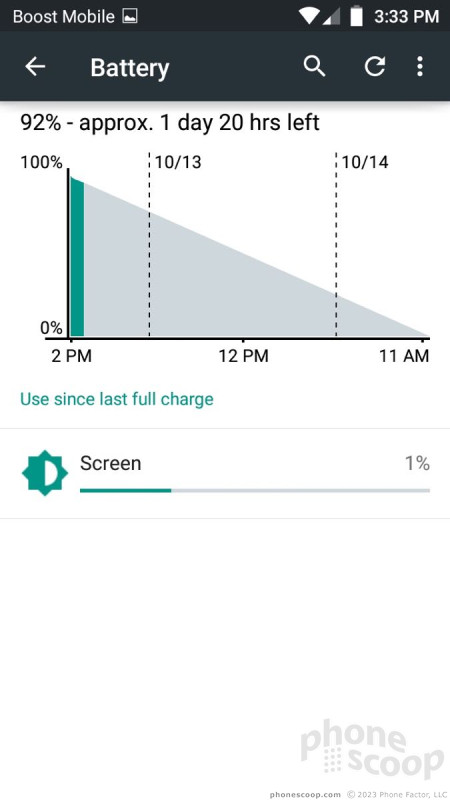



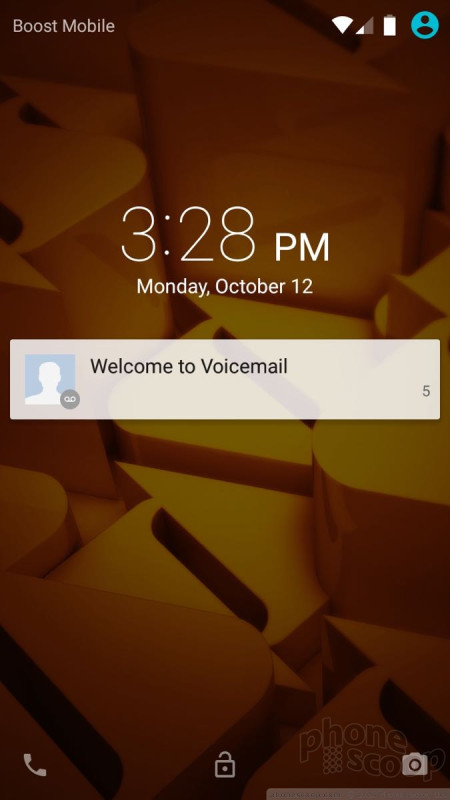




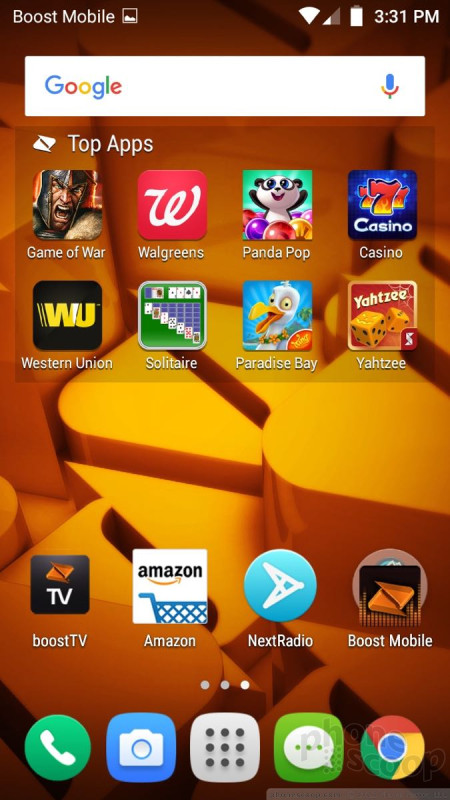






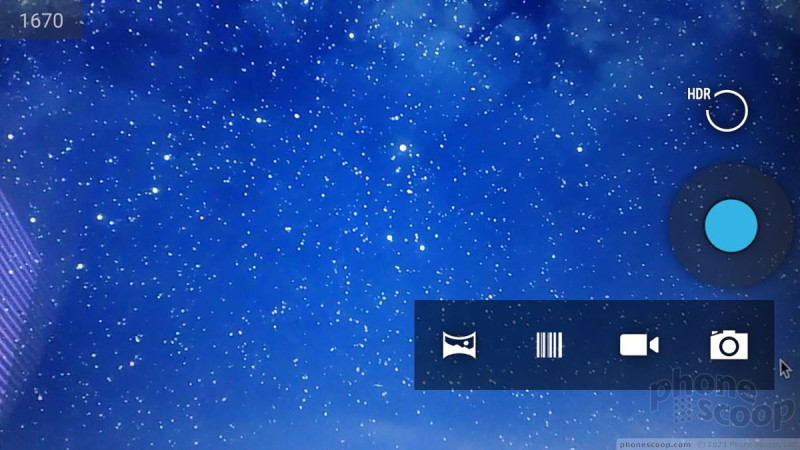


















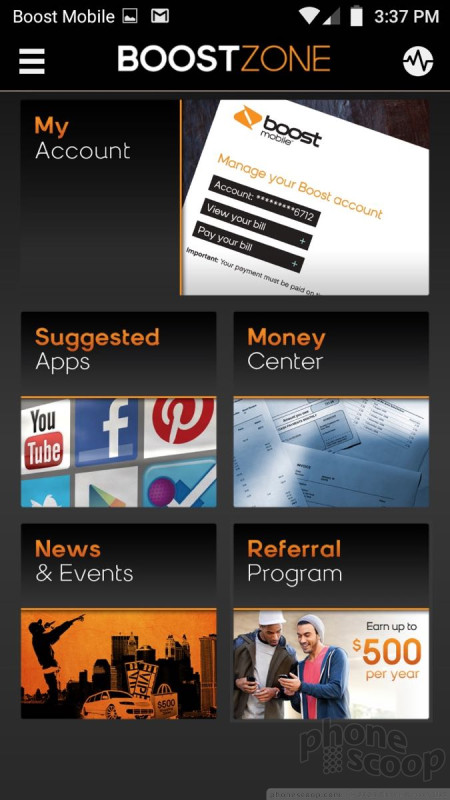




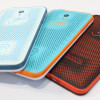 Hands On with Alcatel's New Phones
Hands On with Alcatel's New Phones
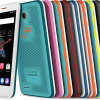 Alcatel Shows Off the Go Play, a New Mid-Tier Line
Alcatel Shows Off the Go Play, a New Mid-Tier Line
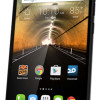 Boost Mobile Adding Alcatel OneTouch Conquest and Elevate to Roster
Boost Mobile Adding Alcatel OneTouch Conquest and Elevate to Roster
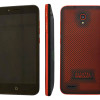 Alcatel Conquest Coming to Boost
Alcatel Conquest Coming to Boost
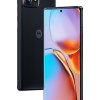 Motorola's New Flagship Gets its Signature Edge Back
Motorola's New Flagship Gets its Signature Edge Back
 Alcatel Conquest
Alcatel Conquest









